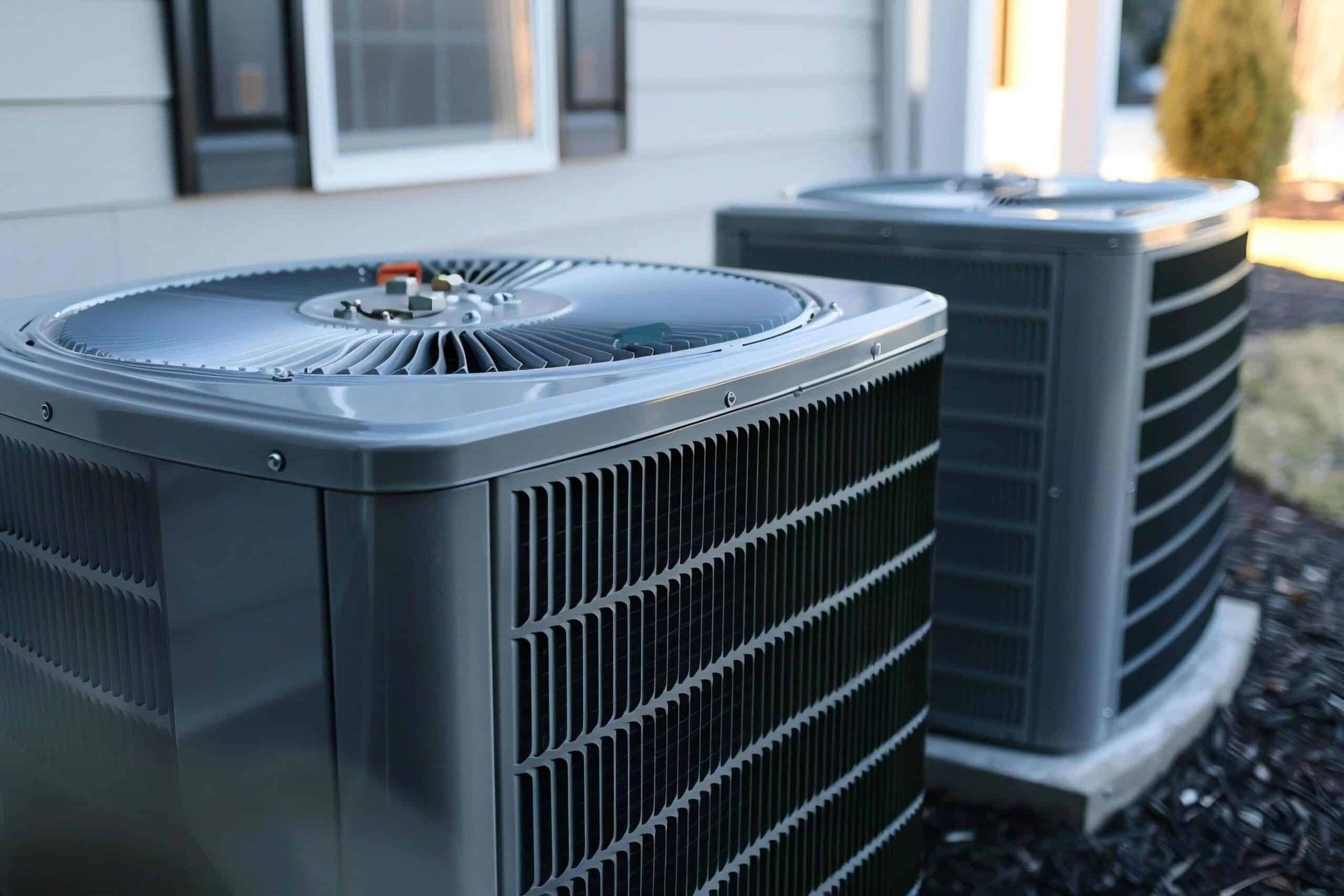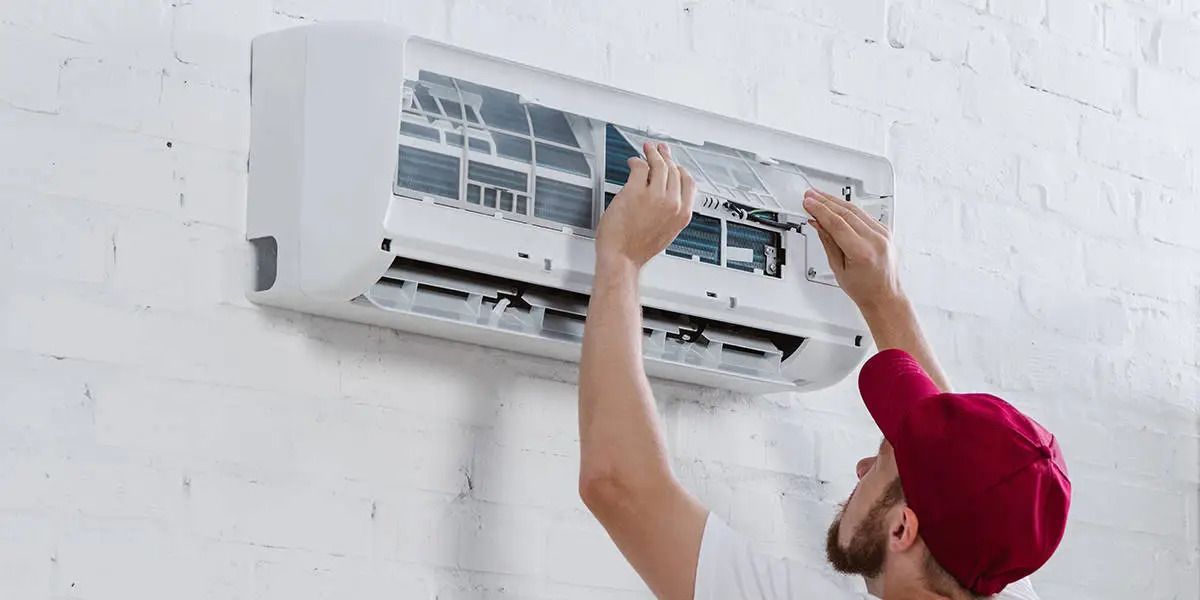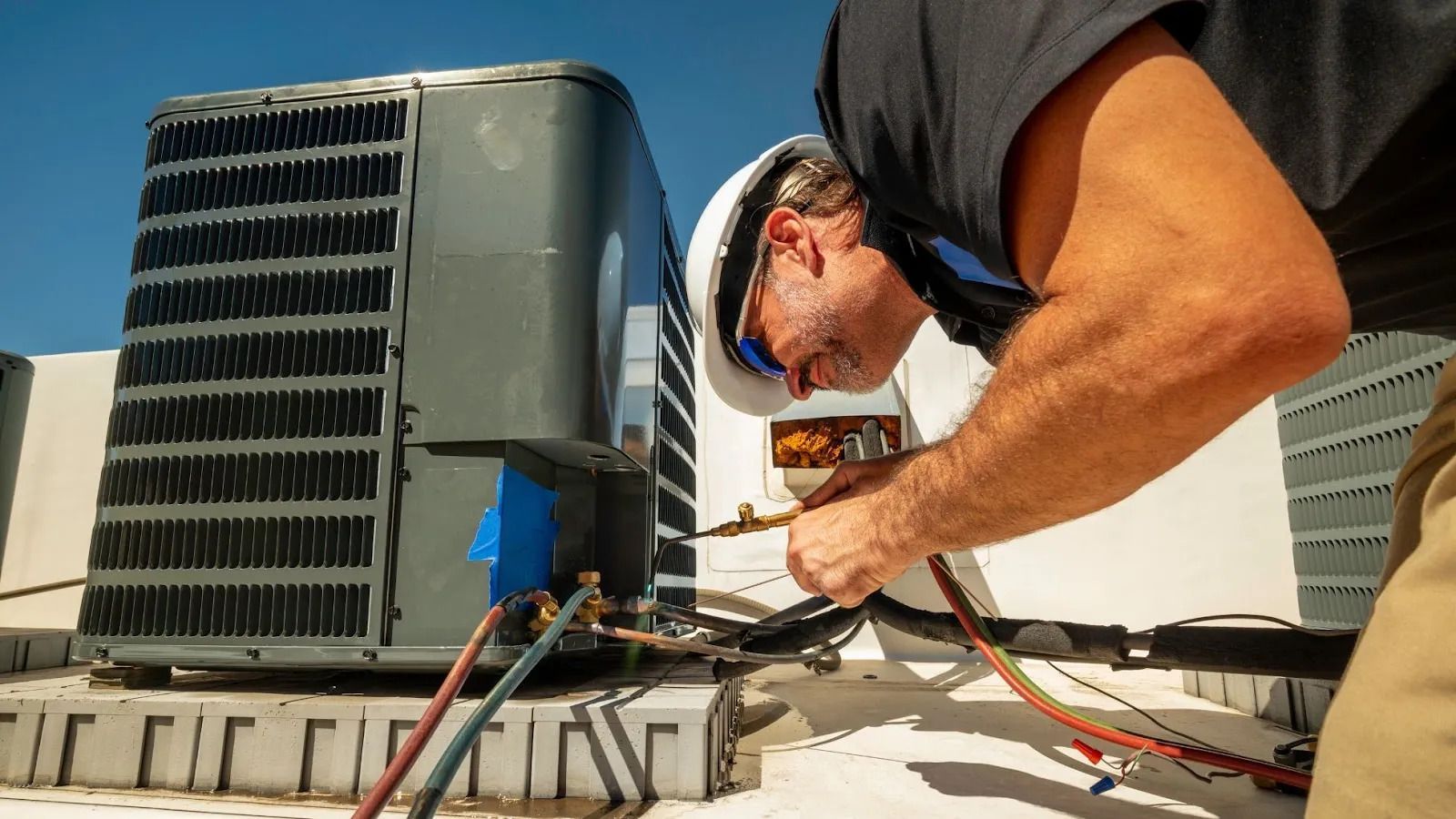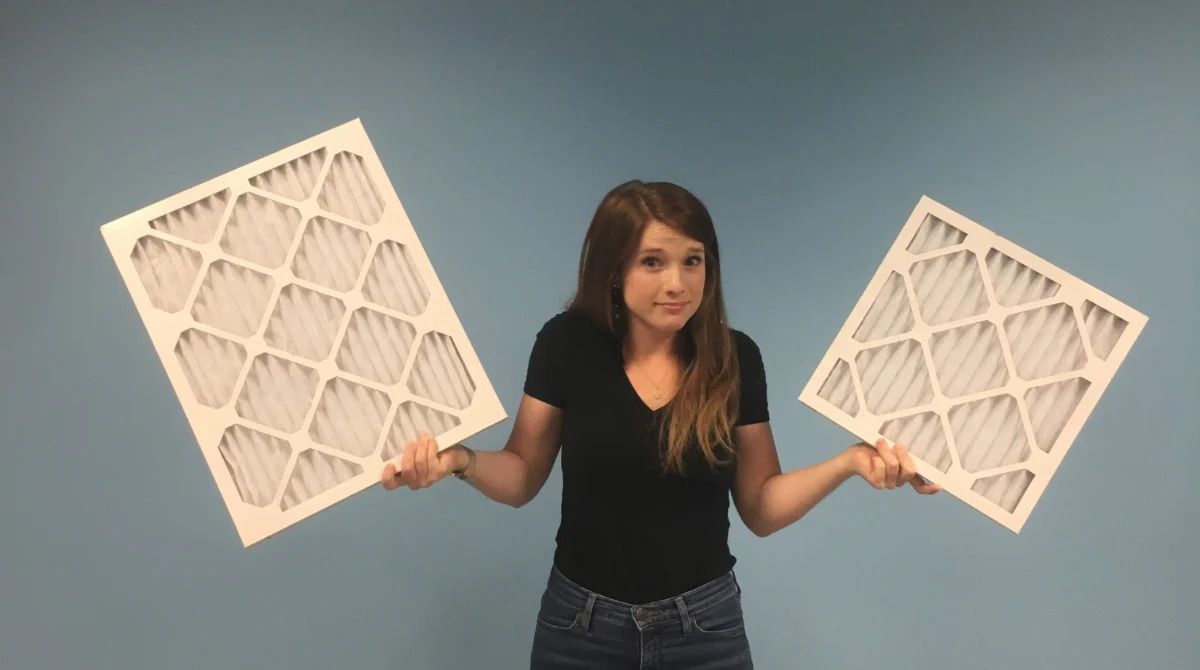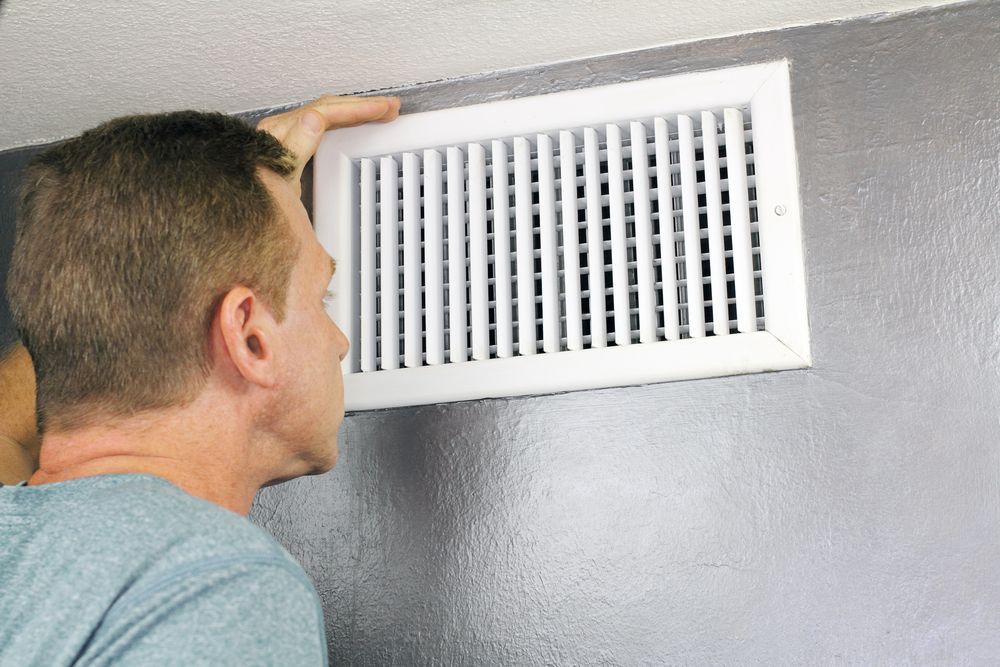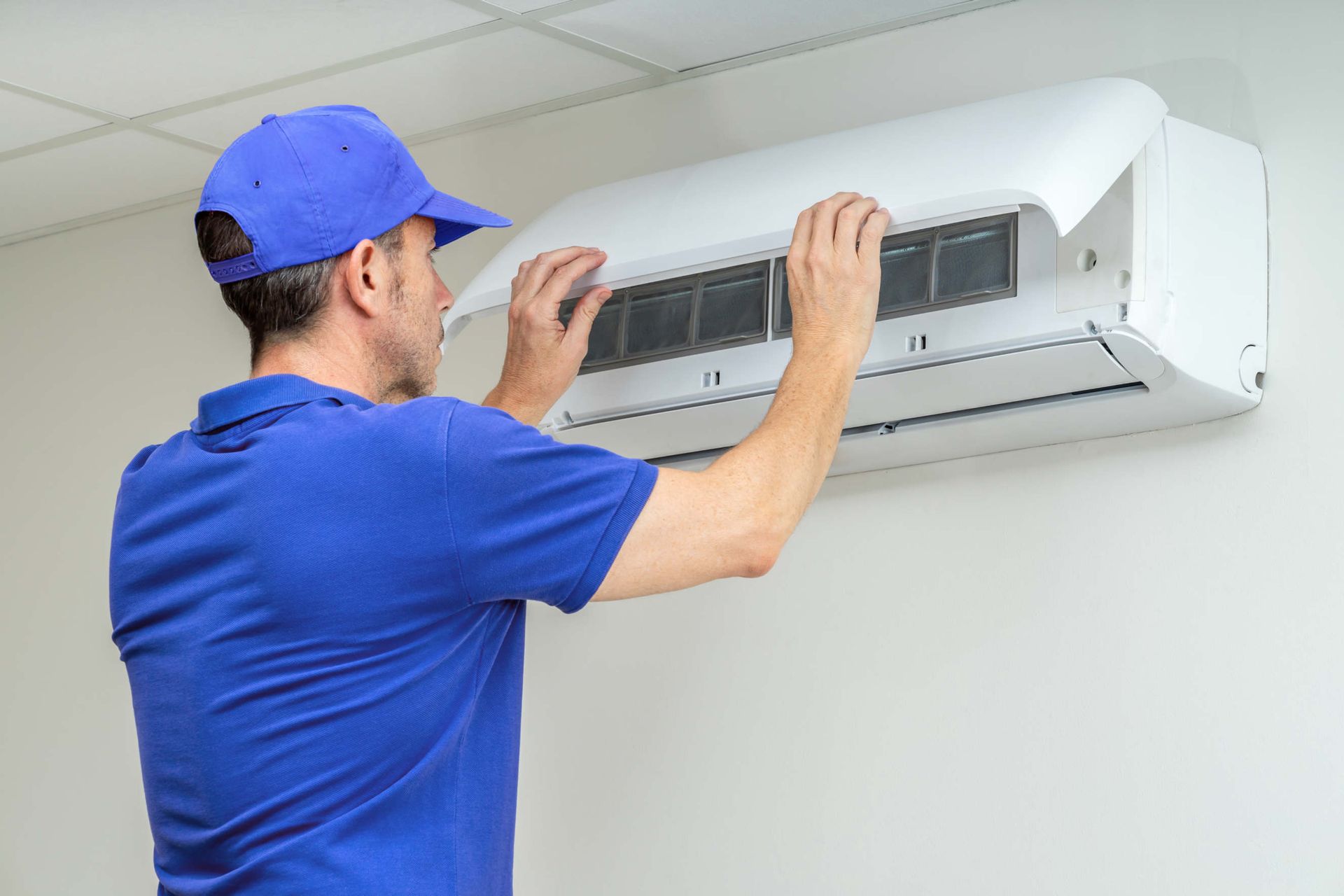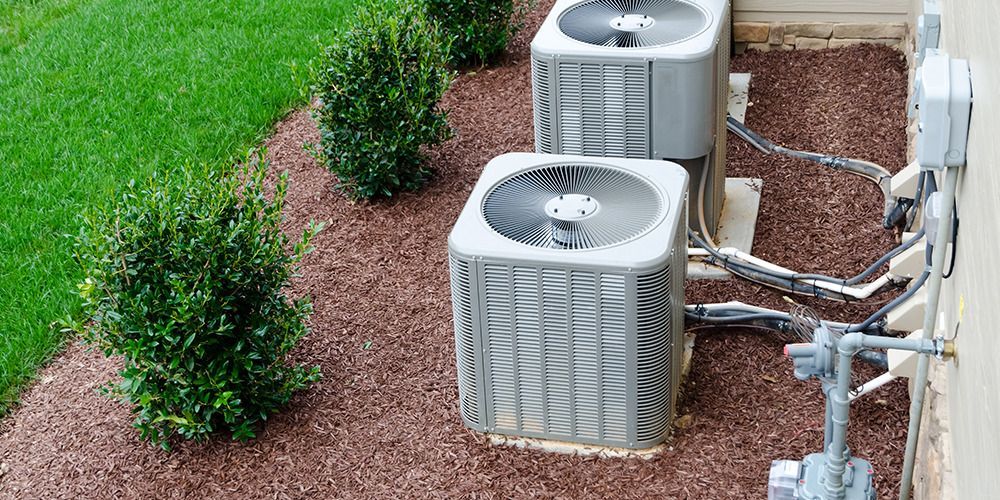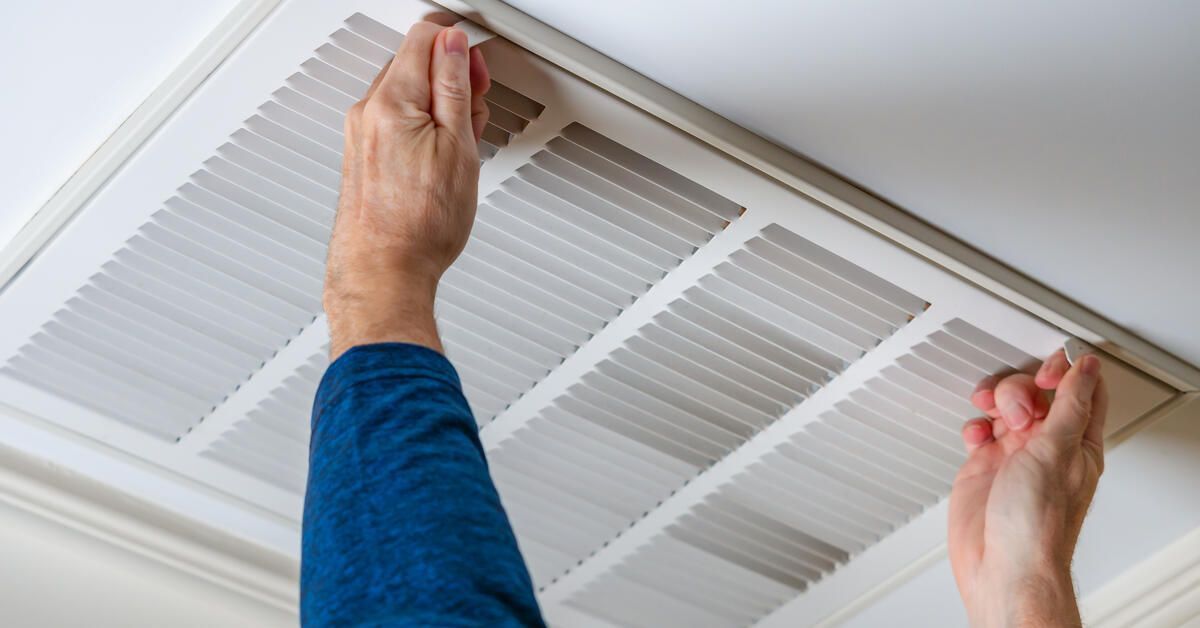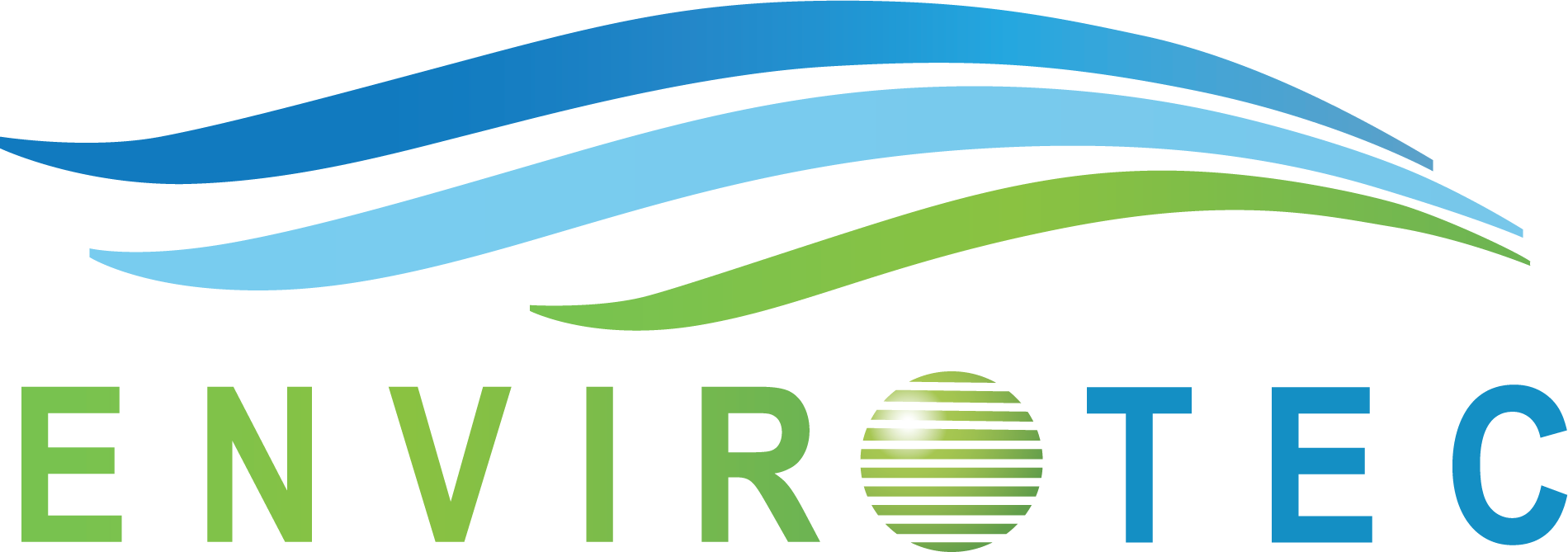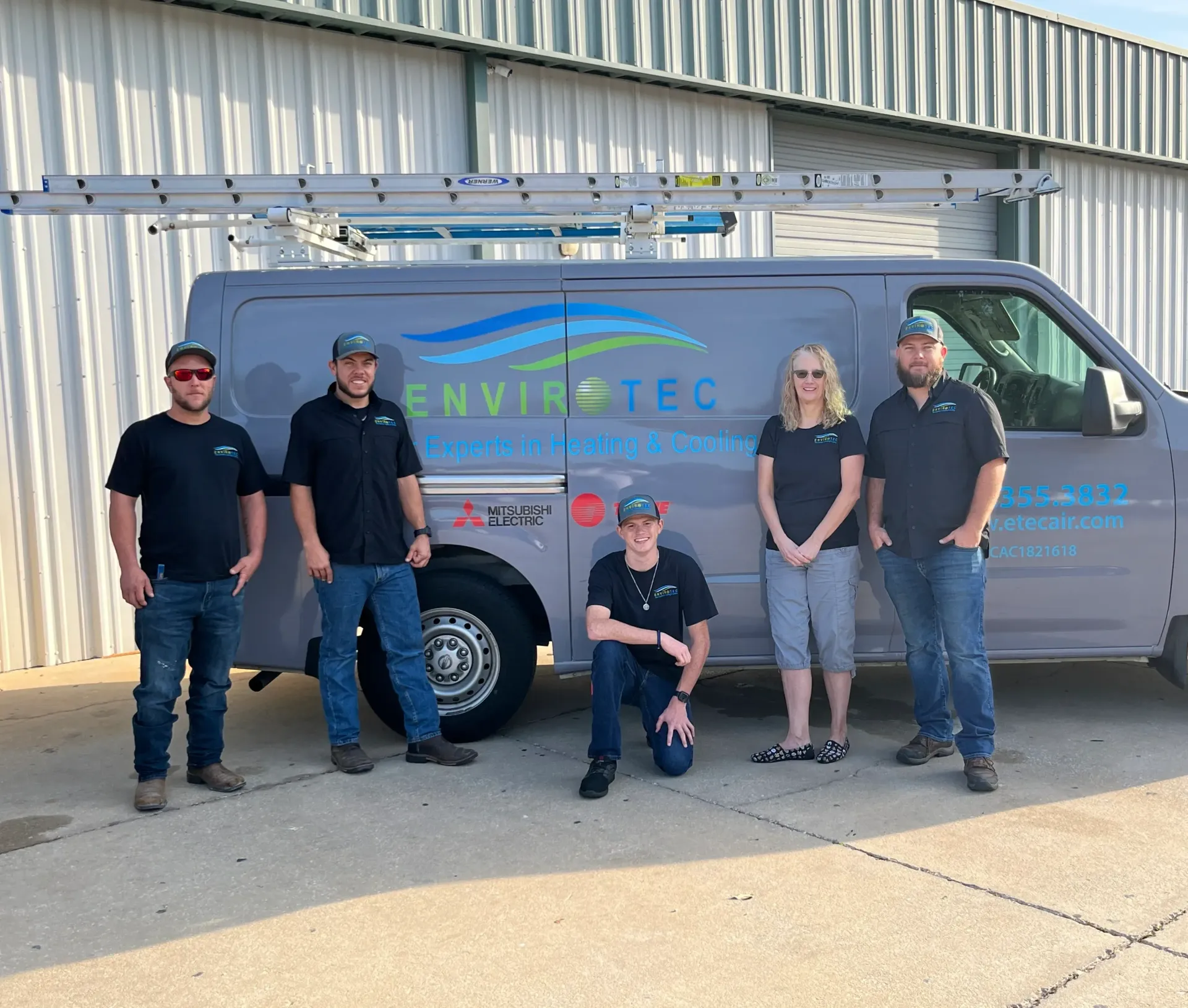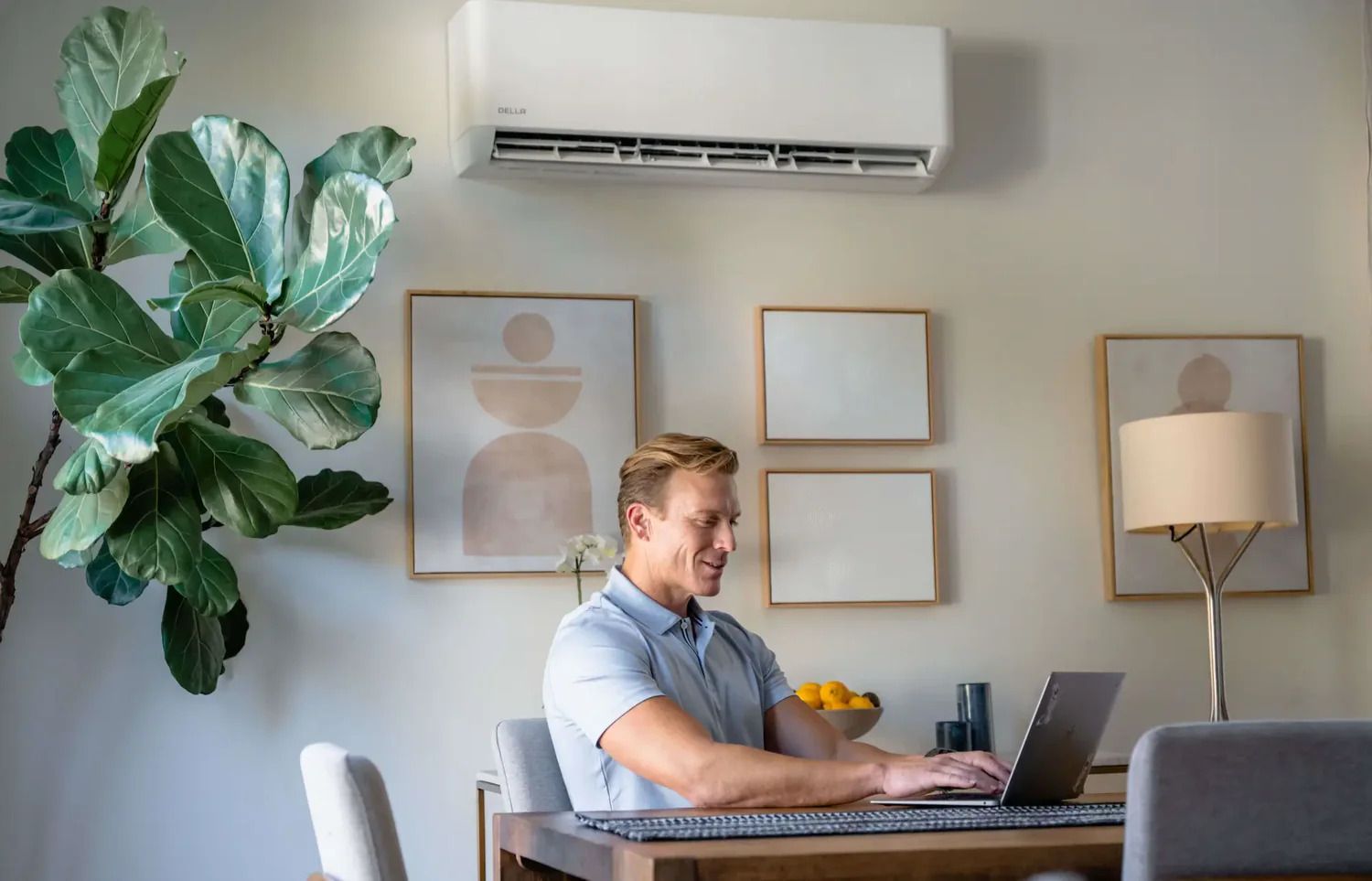DIY vs. Professional HVAC Tune-Up: What’s the Best Choice?
Keeping your home comfortable year-round depends heavily on your heating, ventilation, and air conditioning system—commonly known as HVAC. Whether you're dealing with summer heat or winter chill, a well-maintained HVAC system keeps the climate just right. But the big question is: Should you perform your own HVAC tune-up, or hire a professional?
Let’s dive deep into this hot topic and help you figure out the best choice for your comfort, budget, and safety.
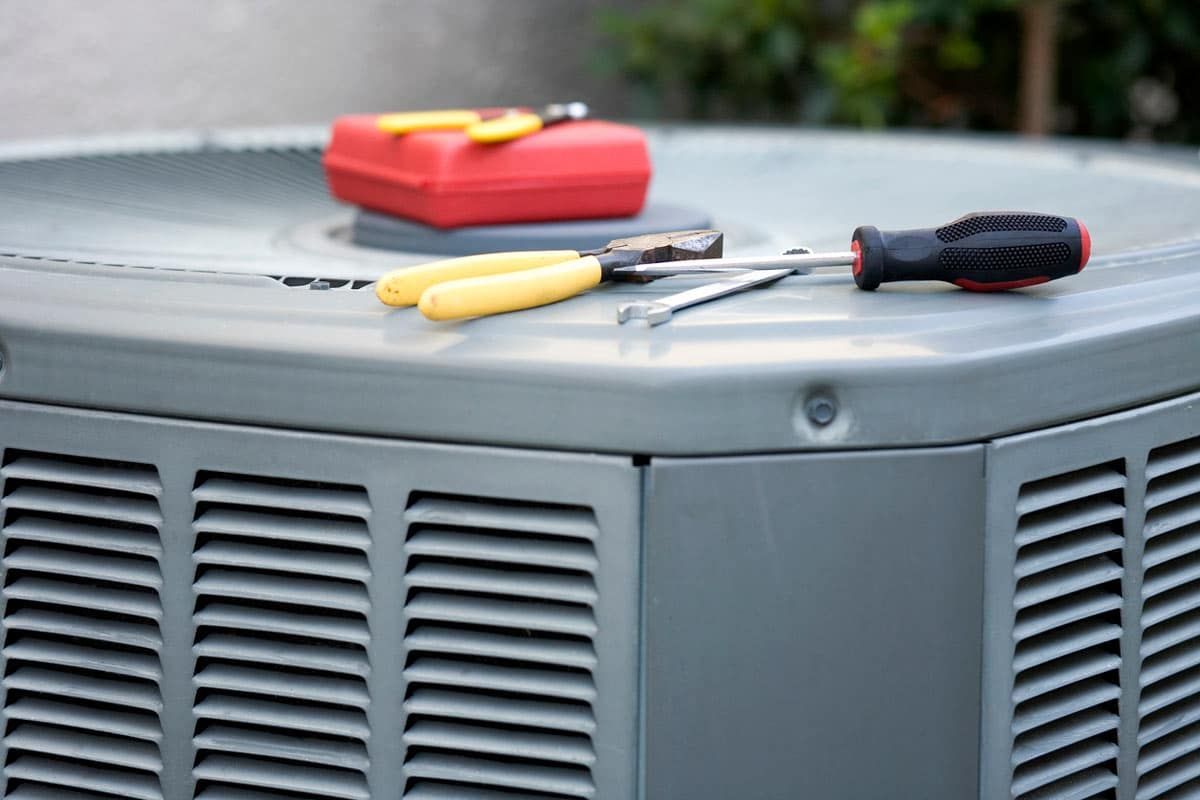
What is an HVAC Tune-Up?
An HVAC tune-up is a comprehensive maintenance check-up performed on your heating and cooling system. It ensures that your unit is running efficiently and extends its life. A tune-up typically includes:
- Checking and changing air filters
- Inspecting electrical components and connections
- Calibrating the thermostat
- Cleaning condenser coils
- Lubricating moving parts
- Ensuring safe airflow and checking refrigerant levels
These adjustments, though seemingly small, can prevent major breakdowns and keep your system running like new.
Benefits of Regular HVAC Maintenance
Consistent HVAC maintenance—whether DIY or professional—brings powerful benefits:
- Energy Efficiency: Clean systems work less to maintain your desired temperature.
- Extended Lifespan: Fewer breakdowns and component failures mean your system lasts longer.
- Improved Indoor Air Quality: Removing dust and buildup helps you breathe cleaner air.
- Reduced Utility Bills: Efficient systems use less energy and save money monthly.
- Prevent Costly Repairs: Spotting issues early prevents expensive emergencies.
Tools Required for DIY HVAC Tune-Up
Before you dive into a DIY tune-up, gather these essential tools:
- Screwdrivers (Flathead & Phillips)
- Soft-bristle brush and vacuum
- Coil cleaner
- Multimeter
- Thermometer
- Replacement filters
- Fin comb for condenser coils
- Flashlight or headlamp
These items are easily available and crucial for safe and effective maintenance.
Step-by-Step DIY HVAC Tune-Up Guide
- Turn off Power: Safety first—always shut off power at the breaker.
- Replace the Air Filter: Dirty filters block airflow and reduce efficiency.
- Clean the Condenser Coils: Use coil cleaner and a soft brush to remove grime.
- Inspect Wiring: Look for frayed wires, corrosion, or disconnected terminals.
- Check the Thermostat Settings: Make sure it’s accurate and responsive.
- Clear Debris Around Outdoor Unit: Remove leaves, twigs, or obstructions.
- Lubricate Moving Parts: Prevent friction and mechanical wear.
- Test the System: Restore power and monitor temperature changes.
Common Mistakes in DIY HVAC Maintenance
While DIY can be cost-effective, many homeowners make avoidable errors:
- Using the wrong coil cleaner or tools
- Forgetting to shut off power before maintenance
- Over-tightening electrical components
- Not checking refrigerant levels (a licensed pro must handle refrigerants)
- Skipping routine inspections
These missteps can lead to reduced performance—or even damage your system entirely.
Signs Your HVAC Needs a Tune-Up
Here’s how you know it’s time for maintenance:
- Inconsistent temperatures throughout the home
- Unusual noises from the unit
- Spike in energy bills
- Weak airflow
- System short cycling (frequent starts and stops)
If you notice any of these, consider immediate attention—whether DIY or through a professional HVAC system service.
Pros of DIY HVAC Tune-Up
- Cost Savings: No labor fees involved.
- Learning Opportunity: You’ll understand your system better.
- Scheduling Flexibility: Do it on your own time.
- Quick Fixes: Minor issues can be solved instantly.
It’s a satisfying way to take control over your home’s comfort system.
Cons of DIY HVAC Tune-Up
- Risk of Damage: Mistakes can be costly.
- Safety Concerns: Electrical parts can be dangerous.
- Lack of Advanced Tools: Some components require specialized equipment.
- No Warranty Protection: DIY work might void warranties.
DIY is ideal for minor upkeep but not for advanced issues.
Pros of Professional HVAC Tune-Up
- Certified Technicians: Experts know what to look for and how to fix it.
- Comprehensive Service: More detailed than typical DIY.
- Safety Assurance: Pros ensure everything is up to code.
- Warranty Protection: Many systems require pro maintenance to stay under warranty.
Professionals provide peace of mind and long-term system health.

Cons of Hiring a Professional
- Higher Cost: Service fees range between $80 to $200 per visit.
- Scheduling Delays: Busy seasons can mean longer wait times.
- Unknown Technician Quality: Not all companies offer the same expertise.
However, choosing a trusted provider like Etec Air ensures top-notch service every time.
How Often Should You Schedule HVAC Tune-Ups?
Generally, twice a year is recommended:
- Spring: Prepare your AC for summer
- Fall: Get your furnace ready for winter
Even if you’re doing DIY checks regularly, professional inspections should still be scheduled seasonally.
Cost Comparison: DIY vs. Professional
Criteria DIY Professional
Upfront Cost $20–$100 (tools) $80–$200 per visit
Annual Maintenance Low after setup $160–$400
Time Investment High Low
Risk Factor Moderate to High Very Low
Peace of Mind Moderate Very High
Long-term, professional maintenance often prevents bigger expenses.
When to Call a Professional Immediately
Skip DIY and call a pro if:
- You smell burning or gas
- The system shuts down unexpectedly
- Strange noises persist after cleaning
- Refrigerant issues arise
- You feel overwhelmed or unsafe
Reach out via this contact form for urgent help.
Choosing the Right HVAC Service Company
Look for:
- Licensed and insured technicians
- Transparent pricing
- Positive customer reviews
- Emergency availability
- Maintenance plans
A reliable HVAC provider ensures both your system and your comfort are protected.
Environmental Impact of Proper HVAC Maintenance
Efficient HVAC systems use less energy, reduce carbon footprint, and result in fewer repairs, which means less waste.
By maintaining your system—either by DIY or hiring professionals—you’re contributing to a healthier planet.
Final Verdict: DIY vs. Professional HVAC Tune-Up
So, what’s the best choice?
- Go DIY if you enjoy home projects, are cautious, and need to save money.
- Hire a Pro if you prefer safety, thoroughness, and long-term system health.
Often, the best approach is a mix: do basic DIY upkeep between professional tune-ups to get the best of both worlds.
FAQs
Is it safe to perform a DIY HVAC tune-up?
Yes, if you stick to basic tasks like changing filters and cleaning coils. For electrical or refrigerant work, leave it to professionals.
How much does a professional HVAC tune-up cost?
It usually ranges between $80–$200 depending on your region and system type.
Can skipping HVAC maintenance cause problems?
Absolutely. Neglect leads to decreased efficiency, higher bills, and costly repairs.
What happens during a professional HVAC tune-up?
Technicians clean, inspect, test, calibrate, and sometimes replace parts as part of a thorough maintenance routine.
What time of year is best for a tune-up?
Spring for AC systems and fall for heating systems are ideal times.
Does regular HVAC maintenance really save money?
Yes! It helps lower energy bills and avoids expensive breakdowns.
Conclusion
Deciding between a DIY vs. Professional HVAC Tune-Up ultimately comes down to your comfort level, budget, and the condition of your system. For homeowners with some technical skills, regular DIY maintenance can be beneficial. However, a certified professional brings unmatched expertise, safety, and comprehensive care to the table.
If in doubt, don’t hesitate—contact a trusted HVAC specialist like Etec Air and ensure your system is in the best hands possible.
Links
